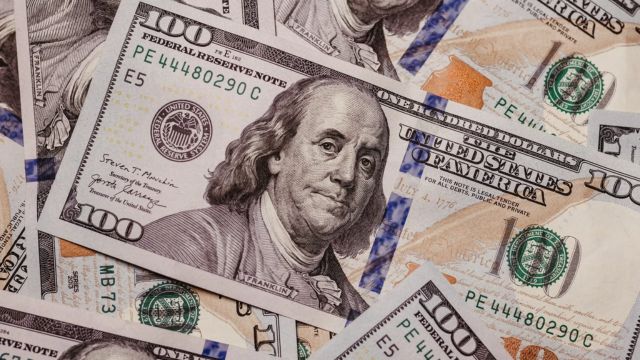US National Debt Reaches Historic Milestone, Surpasses $34 Trillion Mark
For the first time, the total debt of the United States exceeded $34 trillion, reaching a significant benchmark at a time when public spending is already being scrutinized.
As of Friday afternoon, the U.S. owed its debtors $34 trillion, according to newly released figures from the Treasury Department. The national debt is a measure of this amount. In contrast, the national debt was roughly $907 billion four decades ago.
The CEO of the Peter G. Peterson Foundation, which promotes fiscal sustainability, Michael Peterson, stated, “We are beginning a new year, but our national debt remains on the same damaging and unsustainable path.”
The historic debt level occurs while Congress works feverishly to complete necessary spending bills to avert a government shutdown.

The Congressional Budget Office’s most recent projections indicate that the size of the national debt will almost double over the next three decades. The national debt increased to around 97% of GDP by the end of 2022.
By the end of 2053, that percentage is predicted by current law to soar to 181%, a debt load that will be far beyond any previous record.
Maya MacGuineas, president of the Committee for a Responsible Federal Budget, stated, “America just cannot stop borrowing, even though our level of debt is dangerous for both our economy and for national security.”
The fact that the cost of servicing the national debt has increased due to the increase in interest rates over the last 18 months is even more concerning.
This is due to the fact that the federal government’s borrowing costs associated with its debt will climb in tandem with interest rates. The CRFB projects that over the next three decades, interest payments on the national debt will increase at the quickest rate of any component of the federal budget.
From roughly $475 billion in the fiscal year 2022 to an astounding $1.4 trillion in 2032, payments are predicted to quadruple. Interest payments are expected to increase to $5.4 trillion by 2053.
That is more than the United States spends on Social Security, Medicare, Medicaid, and all other obligatory and discretionary spending programs combined, to put things into perspective.
